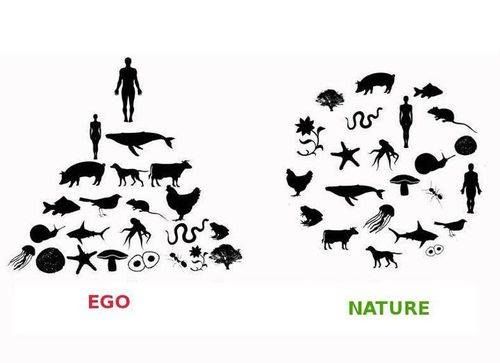In examining animals in the media it is easy to understand the fascination and entertainment value of such places as zoos and wildlife parks. However, it is also easy to dismiss the fact that this valued entertainment comes at a cost, not only to the viewer but the animal. For the most part, this entertainment is primarily successful through exploitation, by placing animals in captivity.
This exploitation is seen in the documentary ‘Blackfish (2013)‘ which advocates against killer whales in captivity. Similarly, the popular news program ‘The Project’ also highlighted negative outcomes and impacts of dolphins in captivity, as seen in the news clip linked here. The clip highlights plans from the RSPCA and Australia for Dolphins to use consumer law to form a case against the treatment and care of dolphins at ‘Marine Magic Park’ as part of a wider agenda to phase out dolphin captivity in Australia. It outlines the negative effects of captivity on dolphins physical and mental wellbeing identifying dolphins as ‘depressed’.
Despite these issues becoming popular societal concerns, the captivity of animals is not only restricted to water animals, but land animals alike which became very apparent after the tragedy turned media sensation at Cincinnati Zoo in 2016. This tragedy was none other then the death of ‘Harambe‘. The outbreak of support for Harambe that followed his death after a child fell into his enclosure, included countless memes and media support. This also brought about debates questioning human-kinds anthropocentric nature and the exploitation and unfair practice of keeping animals in captivity. This reaction can be explained by David L. J. Gerber , Claudine Burton-Jeangros and Annik Dubie as their journal ‘Animals in the Media’ explains:
“In several recent events, animals have been portrayed as vectors of risk: sick cows and birds as carriers of pathogenic agents likely to provoke important epidemics among humans, wild animals that become a threat to humans in a supposedly safe natural environment, and domesticated dogs that bite and kill children.”
These situations not only challenge the idea of human mastery over
the environment, but they also question the relationships developed between humans
and animals. Similar to the idea of challenging human dominance, Randy Malamud, author of ‘Representations of Animals and Captivity’ believes that rather than fostering an appreciation for the lives and attributes of animals, “zoos, reinforce the idea that we are, by nature, an imperial species: that our power and ingenuity entitles us to violate the natural order by tearing animals from the fabric of their ecosystems and displaying them in an “order” of our own making. This order can be explained by the image below which demonstrates how speciesism differs greatly from nature.

This idea that humans are an imperial species, brings about questions regarding the anthropomorphism of animals such as Harambe, the gorilla. Psychologist Joe Pierre highlights how anthropomorphising animals such as Harambe can be dangerously misleading as although much of the public outrage carried claims such as “He was protecting the child”, to make such an assumption could have been detrimental to the child’s wellbeing as although he was initially holding the child’s hand, that does not mean he could not have then caused serious harm having felt threatened by the audience. This then leads to further questions including, ‘Was the child’s life more valuable then Harambes?’, ‘Why do we as humans think we are imperial to other species?’ and of course, ‘Did Harambe really have to die?’ The clip of the Harambe incident below, shows the events which resulted in the gorillas death and many reactions and such questions.
The answer to such questions is very easily debated with both advocacy for and against the idea of speciesism. However, the bigger question at hand should not be whether Harambe should have lived but rather should Harambe have been in captivity? Research highlights that captivity has had ongoing negative effects on gorillas, including obesity, as many captive gorillas including Koko, the gorilla famous for understanding sign language, are obese due to consuming more food and moving around less in captivity. So, whether you believe Harambe should have been shot or not may have been relevant in the context of 2016, but the idea that he shouldn’t have been there in the first place remains relevant in the context of animal rights.
